
The article highlights how rapidly advancing, non-destructive spectroscopic and imaging technologies, supported by AI, multi-modal data integration, and increasing instrument portability.

The article highlights how rapidly advancing, non-destructive spectroscopic and imaging technologies, supported by AI, multi-modal data integration, and increasing instrument portability.
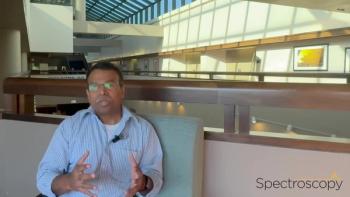
Damodaran Krishnan Achary discusses how advanced NMR techniques reveal the unique structure, cation–anion interactions, and dynamic behavior of ionic liquids, providing insights that other analytical methods cannot capture.
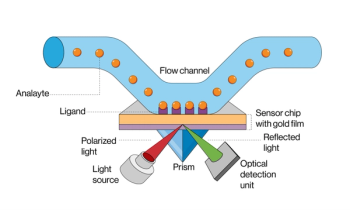
A research team has developed the first short synthetic peptide-based biosensor for real-time tracking of the disease-related protease matrix metalloproteinase-9 (MMP-9), using multi-parametric surface plasmon resonance spectroscopy (MP-SPR).

A new study led by Meirong Liu at the Beijing National Laboratory for Molecular Sciences provides a comprehensive framework to eliminate instrumental and experimental artifacts in photoluminescence spectroscopy.
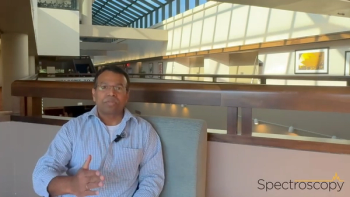
Damodaran Krishnan Achary discusses how modern NMR spectroscopy enables interdisciplinary research, from biomolecular studies to solid-state materials, and emphasizes the importance of staying current with advanced techniques and experimental strategies.
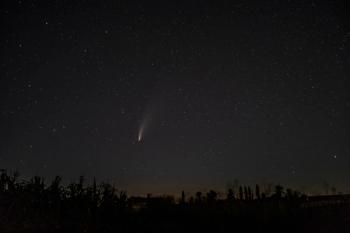
This brief article highlights the key takeaways from studying the 3I/ATLAS comet and what it means for space exploration moving forward.

This tutorial introduces spectroscopy professionals to the operational principles, practical workflows, and laboratory applications of biosensors. It covers core definitions, biosensor types, transduction methods, nanomaterials-enabled strategies, and optical/electrochemical approaches relevant to spectroscopic analysis. Readers will learn how biosensors integrate biological recognition with physicochemical detection, how to implement them in real-world measurement tasks, and how to avoid common technical pitfalls when translating biosensor theory into laboratory practice.

A recent study used operando UV-vis spectroscopy to learn more about metal–sulfur redox reactions.

A new study published in Ecological Informatics finds that hyperspectral remote sensing combined with machine learning can accurately predict grassland forage quality across global biomes.

Top articles published this week include our coverage of the 2025 Eastern Analytical Symposium (EAS) conference and a recap of a study that detected lunar water ice using visible and near infrared (VNIR) spectroscopy.

Here in Episode #41, podcast host Dr. Jerry Workman speaks with Sunil Mehrotra and Doug Modlin, who are the project leaders of the Albert Michelson Exhibit at the Angels Camp Museum located in Angels Camp, California.

A recent study analyzed sediment cores from estuaries in the Tampa Bay area, revealing the damage that "legacy" nutrients are having on the ecological record there.

Spectroscopy profiles the three Heritage Lecture Speakers set to deliver talks at the Winter Conference on Plasma Spectrochemistry in 2026.

AlphaFold and similar tools don’t replace NMR—they amplify its power, freeing it to reveal the dynamic “dance” of molecules that static structures alone can never show.
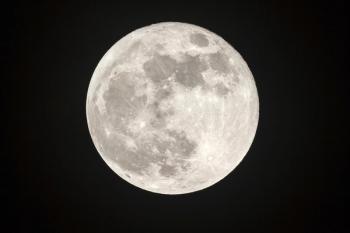
A recent study establishes how particle size, particle shape, phase angle, and ice abundance influence VNIR spectral signatures, providing a refined framework for accurately detecting and quantifying lunar water ice in polar regions.

At the Eastern Analytical Symposium, Adam Hopkins of Metrohm highlighted how modern spectroscopy must balance precision with usability, showing that instruments optimized for real-world workflows often succeed more through practicality than perfection.

Karl Booksh, a Professor of Chemistry at the University of Delaware, has won the 2025 EAS Award for Outstanding Achievements in Chemometrics.

A recently developed sensor demonstrated that it could improve tannic acid detection in both food and environmental systems.

Geraldine L. Richmond, Presidential Chair in Science at the University of Oregon, has been awarded the 2025 NYSAS Gold Medal for her pioneering research on molecular interactions at liquid interfaces.

This mini-tutorial explores how data preprocessing (DP) transforms raw FT-IR ATR spectra into meaningful, reliable inputs for chemometric modeling. Readers will learn about key DP methods: normalization, scatter correction, centering, scaling, and baseline correction, and how proper selection of these techniques improves accuracy, reproducibility, and interpretability in infrared spectroscopic analysis.

Researchers in Germany have demonstrated in the journal Cement and Concrete Research that laser-induced breakdown spectroscopy (LIBS) offers a fast, accurate, and non-destructive method for estimating cement content in concrete.

At the Eastern Analytical Symposium, Zachary Rhoden of Penn State shared practical strategies for training the next generation of analytical chemists through hands-on labs, small-scale experiments, model-building, and peer mentorship.

Fourier transform infrared (FT-IR) spectroscopy is a versatile, non-destructive analytical tool used to characterize molecular structures, monitor chemical reactions, and quantify analytes in diverse materials. This mini-tutorial reviews fundamental principles, key operational modes, and practical examples across environmental, biomedical, and industrial applications. Readers will review and learn how to optimize FT-IR methods, interpret spectra, and avoid common pitfalls in data collection and processing.

Top articles published this week include a two-part interview with Sergei Kazarian and Bernadette Byrne of Imperial College London, an inside look at wearables technology, and a tribute to Phil Williams, a pioneer of near-infrared (NIR) spectroscopy.

In this deep dive into one of America’s fastest-growing sports, we highlight how a range of analytical techniques, including spectroscopy, can and have been used to analyze pickleball equipment.

A new study from Heilongjiang Bayi Agricultural University pioneers rapid, non-destructive detection of illicit food additives using deep learning and near-infrared spectroscopy.

In this continuation of our discussion with Sergei Kazarian and Bernadette Byrne, they address how recent advancements in FT-IR imaging are set to propel the biomedical and pharmaceutical industries forward.
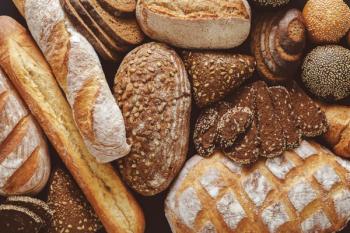
A recent study explores how Fourier transform infrared (FT-IR) spectroscopy can be used to predict key dough-making characteristics.

Spectroscopy sat down with Sergei Kazarian and Bernadette Byrne to talk about their latest research collaboration, which offers insights into why FT-IR spectroscopic imaging is advantageous in biomedical and pharmaceutical analysis.
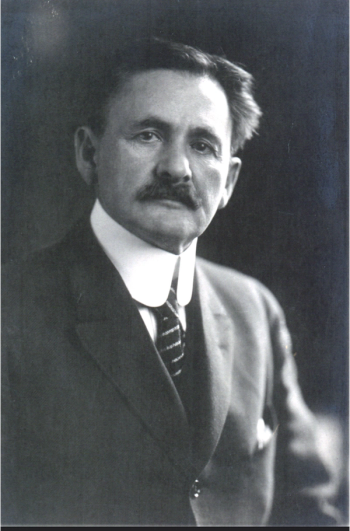
This video in the Icons of Spectroscopy series highlights the life and scientific achievements of Albert A. Michelson, the first American Nobel Laureate in the sciences. It traces his journey from his early years in the American West and his education at the U.S. Naval Academy to his groundbreaking experiments measuring the speed of light. We explore his invention of the Michelson interferometer, its role in the famous Michelson–Morley experiment, and its lasting influence on modern optical and spectroscopic methods, including astronomy.